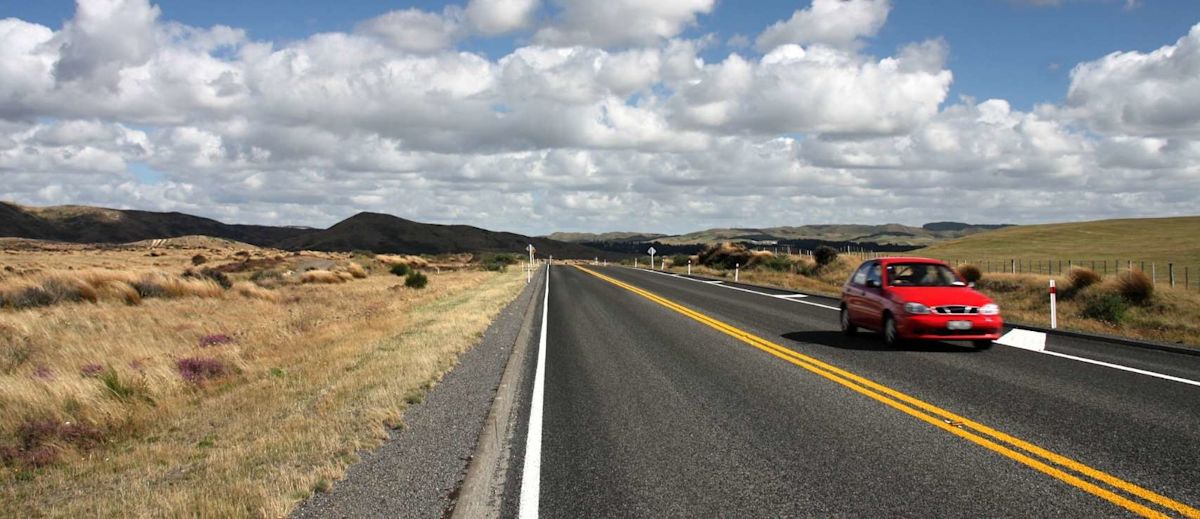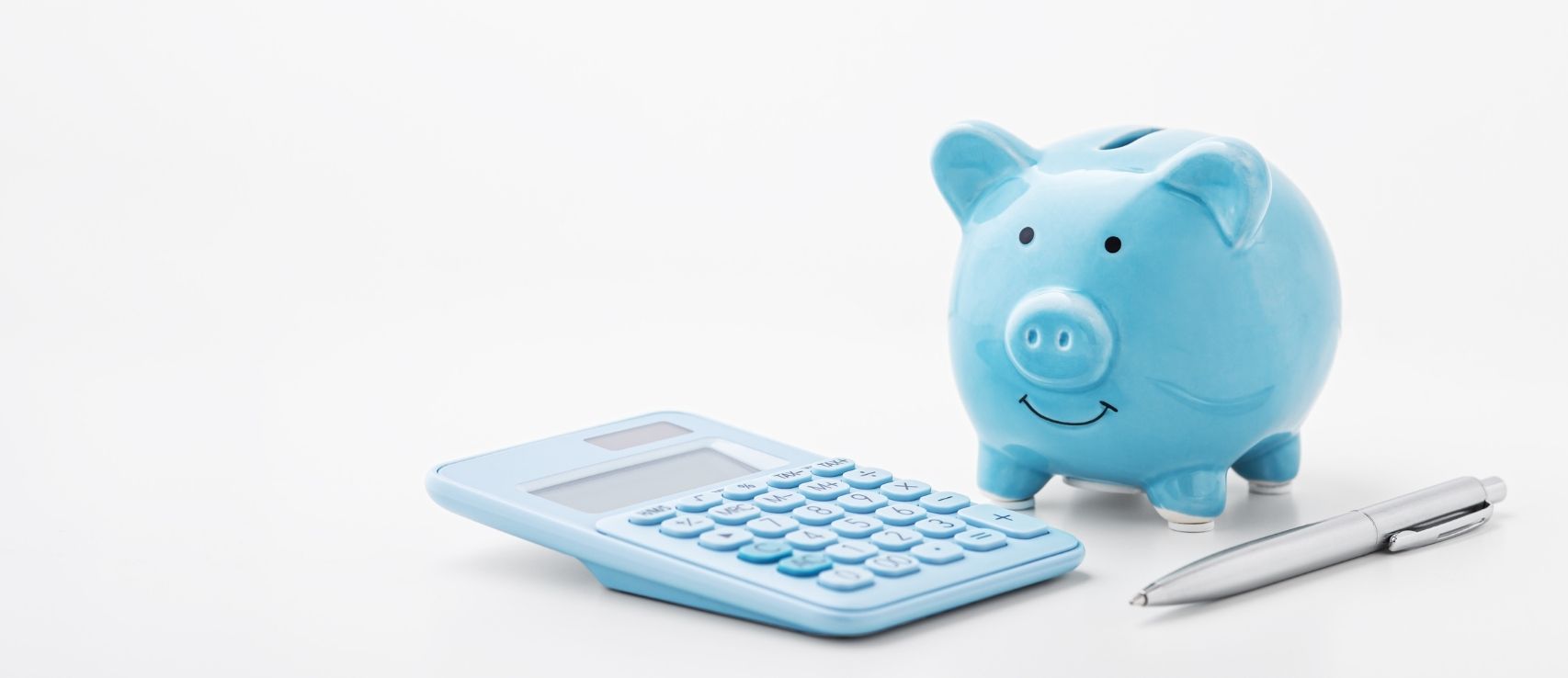
Why Your Car Insurance in NZ is So Expensive and What You Can Do About It
If you've felt the pain of a rising car insurance bill, you're not alone. As of Q2 2025, the average cost for a comprehensive car insurance policy in New Zealand has climbed to $1,236 per year. This represents a staggering increase of nearly 50% in just the last few years, a figure that highlights the growing financial pressure on Kiwi motorists.
This steep rise isn't random. It's driven by a combination of factors:
Soaring Repair Costs: Modern vehicles are packed with technology like sensors and cameras. While great for safety, this makes repairs more complex and expensive as shared by Insurance Council of NZ CEO.
Extreme Weather Events: The increasing frequency of climate-related disasters, such as major floods (e.g. Auckland Anniversary Flood of 2023) and cyclones (e.g. Cyclone Gabrielle), has led to a surge in claims, forcing insurers to reassess risk nationwide.
Global Reinsurance Hikes: Insurers buy their own insurance on the global market. Following major international and local events, the cost of this reinsurance has skyrocketed, and that cost is passed on to consumers.
Insurers Margin: Like all businesses, insurers also decide the margins they charge for their products and in this case rising profits suggest that their margins have increased.
While you can't control these trends, you have more power over your premium than you think. This guide provides you with 14 actions you can take to fight back against rising costs and potentially save hundreds of dollars.
Table 1: Average Annual Car Insurance Premiums Across NZ (Q2 2025)
NZ Car Insurance Average Cost | Yearly Premium | Monthly Premium |
|---|---|---|
National | $1,236 | $103 |
Auckland | $1,479 | $123 |
Wellington | $1,148 | $96 |
Christchurch | $1,126 | $94 |
Source: Quashed Index Data, Q2 2025
The Quick Wins: 7 Simple Adjustments to Lower Your Premium Today
Looking for immediate savings? These high-impact strategies can be implemented in under an hour to reduce your costs right away.
1. Compare, Compare, Compare: Your Single Biggest Money-Saver
The most effective action any Kiwi driver can take is to compare quotes from multiple providers every year. Letting your policy auto-renew is a costly mistake. Insurers often increase premiums for existing customers — a phenomenon known as the "loyalty tax".
The savings from breaking this habit are significant. Quashed's data shows that Kiwis who compare car insurance quotes can save an average of $384 per year, with some saving over $1,000. Instead of spending hours visiting different insurers' websites, you can use the Quashed platform to get real-time quotes from a range of insurers in one place, making it much easier to spot the best deal. Switching is straight-forward once you've found a better deal.
2. Adjust Your Excess
Your policy's "excess" is the amount you contribute to a claim. There's a simple trade-off: a higher excess leads to a lower premium.For example, increasing your excess from $400 to $1,000 could save you as much as $283 a year.
However, you must choose an excess you can comfortably afford to pay out-of-pocket. Setting it too high defeats the purpose of having insurance. With Quashed's FREE Market Scan tool, you can adjust the excess in real-time to see exactly how it impacts your premium across different providers.
3. Pay Annually Instead of Monthly
One of the easiest discounts to get is by paying your premium in one annual lump sum. Most insurers in New Zealand add fees or charge a higher effective rate for monthly instalments. By paying annually, you can often save between 5% and 20%. You can compare the price difference with Market Scan to see how much you can actually save.

4. Bundle for a Multi-Cover Discount
While many of NZ's insurers have stopped multi-policy discounts, some are still around. While this can be a great deal, always compare the final bundled price against the cost of buying standalone policies from different providers. Sometimes, two separate, more competitive policies can still be cheaper than a single provider's "deal".
5. Review & Remove Unnecessary Add-Ons
Comprehensive policies often come with optional extras like rental car cover, roadside assistance, or excess-free windscreen replacement. Take a moment to review your policy. If you have a second car at home, you may not need rental cover. If your car is new and reliable, you might decide to skip roadside assistance. Removing extras you don't need is a direct way to lower your premium.
6. Secure Your Vehicle and Tell Your Insurer
Where you park your car overnight matters. A vehicle kept in a locked garage is considered the lowest risk, followed by off-street parking (like a driveway), with on-street parking being the highest. Make sure your insurer knows if your car is securely parked. Additionally, having an approved alarm or engine immobiliser can also lead to discounts, as these features reduce the risk of theft.
7. Keep Your Details Up to Date
Your premium is based on your circumstances at the time you take out your cover. If your circumstances change, your premium should too. Here are some trigger points to inform your insurer if you:
Move to a suburb with a lower crime rate.
Change the vehicle's use from business to private only.
No longer have a young or inexperienced driver regularly using the car. Keeping your details current ensures you're not overpaying for a risk profile that no longer applies.

The Strategic Plays: 7 More Ways for Long-Term Savings
Beyond quick fixes, making strategic decisions about your cover, vehicle, and driving habits can lead to significant and lasting savings.
8. Choose the Right Level of Cover
New Zealand has three main tiers of car insurance. Choosing the right one is fundamental to managing costs.
Comprehensive: The highest level of cover. It protects your car and covers damage you cause to other people's property. It's generally recommended for cars valued over $5,000 or any vehicle under finance.
Third Party, Fire & Theft: This covers damage to others' property, plus protects your car if it's stolen or damaged by fire. It does not cover damage to your car in an at-fault accident.
Third Party Only: The most basic option. It only covers the damage you cause to someone else's vehicle or property, offering no cover for your own car.
For owners of older, lower-value cars, switching from a comprehensive policy can lead to huge savings. With average comprehensive premiums at $1,236 and third party, fire and theft policies averaging around $558, the potential savings are clear. You just need to decide if it is for you.
9. Check Your Insured Value Annually
Most comprehensive policies use an "Agreed Value"—a fixed sum you and the insurer agree on at the start of the policy. However, cars lose value every year. If you don't review and lower this agreed value at each renewal, you're over-insuring your vehicle and paying for a higher value than you'd receive in a claim. Use a free tool like Trade Me's car valuation app to check your car's current worth and adjust your sum insured accordingly.
10. Manage Who Drives Your Car
The age and experience of the drivers on your policy are major cost factors. Drivers under 25 are statistically higher risk, and adding one to your policy will significantly increase your premium. If a young driver no longer uses the car, remove them from the policy. Some insurers such as Assurant, Cove and Provident Insurance even offer a discount if you specifically exclude drivers under 25.

11. Maintain a Clean Driving Record
A history of safe driving with no at-fault claims is highly valued by insurers. For minor damage, like a small scratch, it can be more cost-effective to pay for the repair yourself rather than making a claim. This protects your claims history and any no-claims bonus you may have. However, don't let a no-claims bonus stop you from comparing the market—a cheaper base premium from a new insurer often provides greater savings.
12. Choose Your Next Car with Insurance in Mind
The make and model of your car directly impact your premium. This should be a key consideration when buying a vehicle, not an afterthought.
Cheaper to Insure: Typically smaller, reliable Japanese-made cars with good safety ratings and affordable parts, such as the Toyota Corolla can make it cheaper to insure.
More Expensive to Insure: High-performance cars, models frequently targeted by thieves, and vehicles with expensive or complex parts. A prime example is the Toyota Aqua—while fuel-efficient, it is consistently NZ's most stolen car, making it significantly more expensive to insure than similar hatchbacks.
13. Declare All Modifications
Any change to your car from its factory standard—from engine tuning and lowered suspension to custom wheels and window tints—is a modification that must be declared to your insurer.Failure to do so can void your policy, leaving you uninsured in an accident. Modifications often increase perceived risk and will likely raise your premium.
14. Pick The Correct Driving Distance
Some providers recognise that driving less means lower risk and will offer reduced premiums. Select the right yearly driving distance when purchasing your insurance to lock in this discount.
Your 3-Step Plan to a Cheaper Car Policy Today
The world of car insurance has become more expensive, but you are now equipped with these 14 point guide so you can take back control. To summarise this for you:
Always Compare Annually: This is your number one weapon against the "loyalty tax" and your single biggest opportunity to save.
Align Cover with Your Needs: Regularly review your excess, sum insured, and level of cover to ensure you're not paying for more than you need.
Understand and Manage Your Risk: Recognise that your car, location, and driving habits are key cost drivers, and make informed choices.
Don't wait for your renewal letter. The most powerful step is to put this knowledge into action right now.
How Quashed's Market Scan helps you to save
Now that you're armed with the knowledge, use NZ's #1 car insurance comparison tool - Market Scan - for FREE to save on your car insurance. Apply these saving tips to your personal car insurance situation today.
Further NZ Car Insurance Resources
Check out these helpful articles:
Ultimate Guide to Car Insurance in NZ
Average Cost of Car, House and Contents Insurance in NZ
Multi-Policy Discounts for Insurance
How to Compare Car Insurance in NZ
Find the Cheapest & Best Car Insurance in NZ
How to Select Sum Insured & Excess for Car Insurance
Choosing Between Comprehensive, Third Party Fire & Theft or Third Party Only Car Insurance
Your NZ Car Insurance Questions Answered (FAQ)
How can I lower my car insurance without losing cover?
You can reduce your premium while keeping essential coverage by:
Comparing quotes from multiple insurers to find the best rate
Increasing your excess to lower your premium (but ensure it’s affordable if you claim)
Bundling car insurance with other policies like home or contents for potential discounts
Checking your sum insured matches your car’s market value
Does raising my excess lower my car insurance?
Yes, increasing your excess generally reduces your premium, but:
You’ll pay more out of pocket if you need to make a claim
The savings vary by insurer and policy, so comparing options is key
How do I know if I’m overpaying for car insurance?
If your premium has increased without any claims or policy changes, you may be overpaying. Signs include:
Your renewal price is significantly higher than last year
Other insurers offer lower rates for the same level of cover
You haven't compared quotes in over a year
Do insurers reward loyalty with better prices?
Not always. Many insurers offer the best deals to new customers. To avoid overpaying:
Compare your current policy with other insurers annually
Call your insurer and ask if they can match competitor pricing
Look for sign-up discounts or multi-policy deals
What factors impact car insurance premiums the most?
Premiums are influenced by several factors, including:
Your car’s make, model, and age
Where you live (higher accident or theft areas lead to higher premiums)
Your driving history and claims record
The level of cover and excess you choose
Can removing certain cover options lower my premium?
Yes, but it depends on the insurer. You may be able to remove:
Windscreen cover or roadside assistance if not needed
Theft cover if you park in a secure location
Optional extras like rental car cover or legal assistance
Why do car insurance premiums keep rising?
Insurance costs increase due to:
Rising repair costs for modern vehicles
Inflation and supply chain issues affecting car parts
Higher claim volumes increasing overall risk for insurers
Market-wide premium adjustments by insurers
